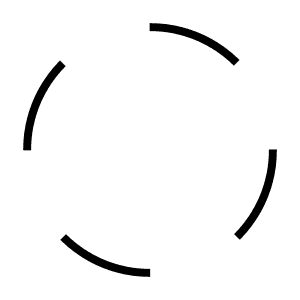Composing While Black eröffnet einzigartige neue Perspektiven auf zeitgenössische afrodiasporische Komponist:innen, die zwischen 1960 und heute aktiv waren bzw. sind, ein Zeitraum, der von der Forschung, der Programmgestaltung von Konzerten und journalistischen Darstellungen vor allem in Europa bisher weitgehend ignoriert wurde. Diese interdisziplinäre Aufsatzsammlung befasst sich mit Oper, Orchester-, Kammer-, Instrumental- und elektroakustischer Musik sowie mit Klangkunst, Konzeptkunst und digitalen Intermedien und zeigt die afrodiasporische Neue Musik als einen interkulturellen, generationenübergreifenden Raum der Innovation, der neue Themen, Geschichten und Identitäten bietet.
Composing While Black presents unique new perspectives on Afrodiasporic contemporary composers active between 1960 and the present, a period that academic inquiry, concert programming, and journalistic accounts have largely ignored up to now, particularly in Europe. This interdisciplinary essay collection engages with opera, orchestral, chamber, instrumental, and electroacoustic music, as well as sound art, conceptual art, and digital intermedia, revealing Afrodiasporic new music as an intercultural, multigenerational space of innovation that offers new subjects, histories, and identities.
“Composing While Black is a brilliant collection of essays on the black presence in contemporary Classical music. From the poignant and richly resonant title through the editors‘ authoritative historical introduction to the mix of reflection, anecdote, analysis, and study of the compositional process across nine essays, the book illuminates black creativity on terrain previously figured as white. Timely, informative, and challenging, this bilingual text is a must-read for anyone interested not only in the work of Afrodiasporic composers but in the reach of the very notion of the contemporary itself.” KOFI AGAWU The Graduate Center, City University of New York
“What an essential book this is: an invigorating corrective packed with bright sounds, big musical personalities and astute social context. The introduction alone is a terrific primer; the chapters are vivid case studies written with fresh and authoritative clarity. Above all, the music of this book demands to be heard. Its pages will send you down countless avenues of discovery and fill whole notebooks with names, ideas and intersections to pursue – the greatest thrill.” KATE MOLLESON, author of Sound Within Sound: Opening Our Ears to the 20th Century.
“This brilliantly illuminating survey of twenty-first-century Afro-diasporic composition testifies to the countervailing powers of identity and difference. The modes of art-making that the editors place under the rubric “Composing While Black” are, in fact, a teeming, ever-expanding universe of musical possibility, one that resists, absorbs, and transmutes immense pressures. Composers are seen both as self-governing individuals and as figures within far-flung, intricately networked communities: the doubleness of vision honors the inward-outward ardor of human creativity.” ALEX ROSS











